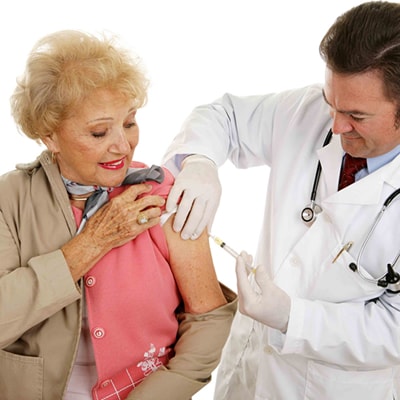Covid19
COVID-19 is a respiratory illness caused by a type of coronavirus, SARS-CoV-2, which was identified in 2019.1 COVID-19 can be transmitted from human to human through droplets which are released from the mouth and nose when sneezing or coughing and can linger in the air. Social distancing, wearing masks, and hand sanitization are all essential aspects of protection from COVID-19. 2 [...]
Read more...



















































